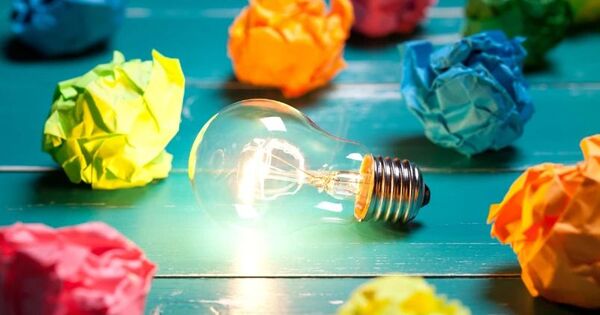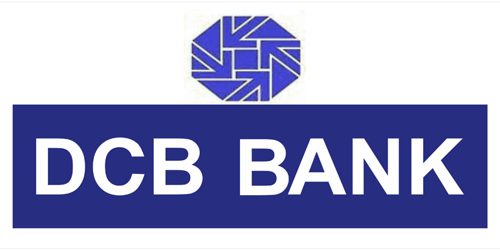Power frequently improves an employee’s creativity since it frees the worker from restraints, such as the fear that their ideas will be rejected. However, new research reveals that individuals who are not in positions of power can become more creative when given the opportunity to “warm up” to a task by engaging in it more than once.
“This is important because when people with more power are able to express their creative ideas more than those with less power, it leads to a rich-get-richer dynamic that reinforces or exacerbates these power differentials,” said Brian Lucas, assistant professor in the Cornell University School of Industrial and Labor Relations and co-author of “Low Power Warm-up Effect: Understanding the Effect of Power on Creativity Over Time,” forthcoming in the July issue of Journal of Experimental Social Psychology.
“Understanding ways to boost the creativity of lower power workers can help them navigate this low-power disadvantage, generate more creative ideas and promote a more equitable workplace,” Lucas said.
Understanding ways to boost the creativity of lower power workers can help them navigate this low-power disadvantage, generate more creative ideas and promote a more equitable workplace.
Brian Lucas
Lucas and his co-authors discovered that, while low-power persons are less creative than high-power individuals at the start of a creative work, they gradually catch up and match high-power individuals’ creativity. The researchers believe this is because the creative work generated sentiments of autonomy and independence, which helped them overcome their low-power disadvantage.
Lucas and his co-authors arrived at their conclusion after conducting three research. In the first trial, they separated the creative idea generation session into two rounds, with a one-minute “warm up” and a second round in which participants could take as long as they desired.
individuals were randomly allocated to either a high-power or low-power condition, and emotions of power were produced using role manipulation in which individuals were given a leadership role with control over resources (high power) or an employee role with no control over resources (low power). The study discovered that high-power individuals were more innovative than low-power ones during the warm-up round. However, there was no difference in innovation during the second round.

In the second trial, the researchers altered the creative activity and raised the number of rounds from two to five, allowing them to take as long as they wanted to finish it. In the final study, they employed two separate creative tasks in two rounds, each lasting one minute.
Consistent with the first study, these studies discovered that high-power individuals were more innovative than low-power individuals in the first round. However, after the first round, low-power individuals “caught up” with high-power individuals in terms of innovation. The results of the third trial showed that a separate creativity test can also prepare low-power individuals for an unrelated creativity task.
“The experience of being creative can, in and of itself, have positive psychological consequences,” says Lucas.
“Given the high value of creative ideas for organizations and for the careers of the employees that champion them, it is important to cultivate strategies that empower all employees to tap their creative potential,” according to him. “The low power warm-up effect suggests a simple intervention that does just this and overcomes power differentials in the workplace: when pursuing creative work, let employees warm up first.”
















